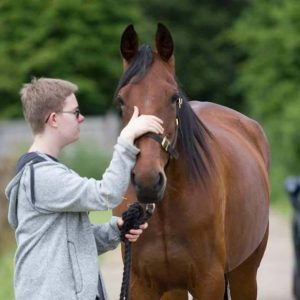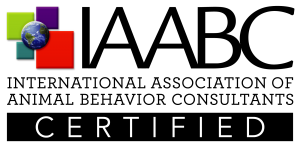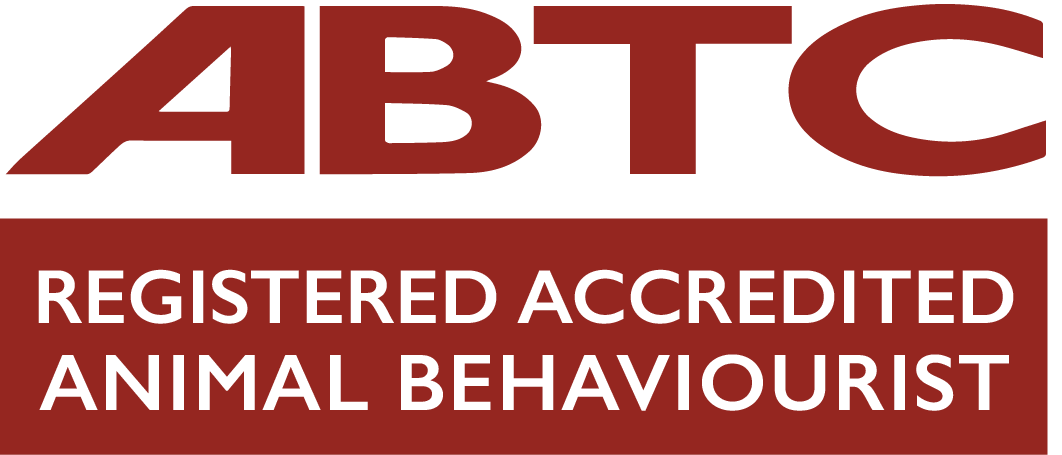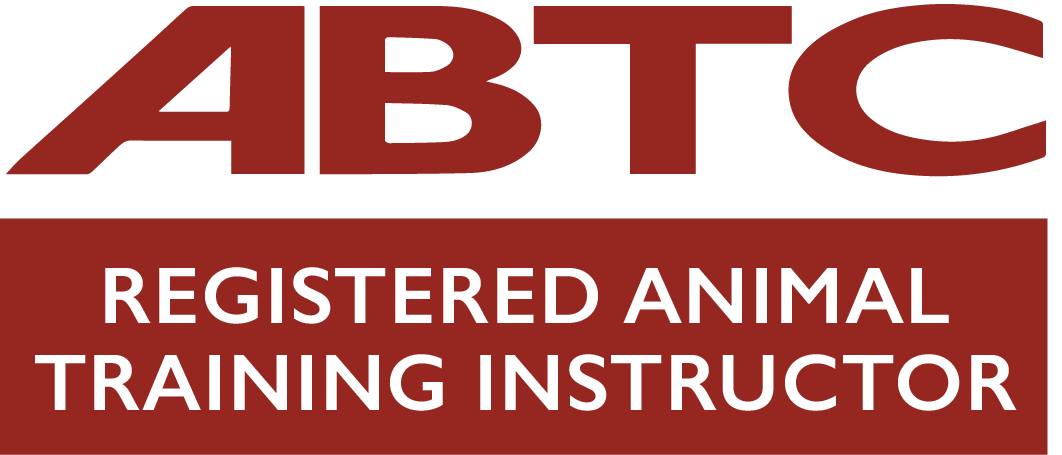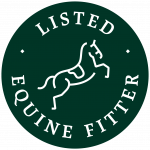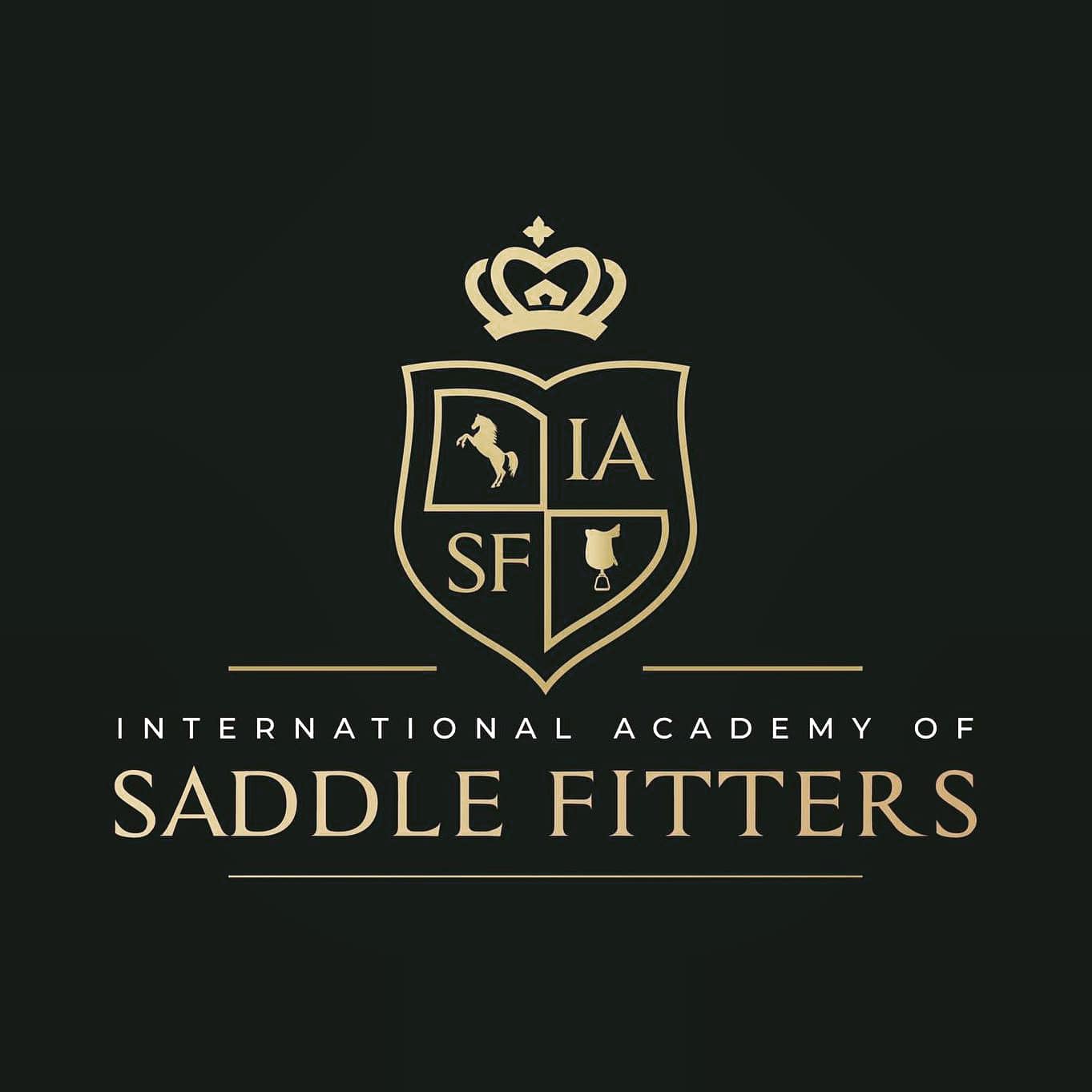Positive reinforcement training is a science & evidence-based method of training animals (not just horses!). The dog training world has been using positive reinforcement (+R) training for many years although it is only in recent years that positive reinforcement training has begun to become more mainstream in the horse community. You may hear animal trainers and behaviour consultants talk about the use of positive reinforcement training but you may not actually know what this is or how it can be useful when working with horses.
What is operant conditioning?
All animals learn in the same ways and the main way we work with animals is through operant conditioning which is a method of training whereby the learner (the animal) learns through the consequences of rewards or punishments of behaviour. In operant conditioning we have 4 quadrants which are shown in the diagram below:
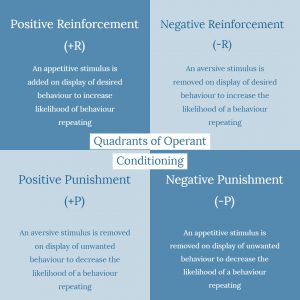
We make use of these quadrants on a daily basis without realising it with our horses. Below are some brief examples of ways that I have seen the quadrants used with horses.
+R: Your horse gets scratches or a treat
-R: You squeeze with your leg until your horse steps forward
+P: You tap your horse on the bum with a whip as punishment for stopping at the jump
-P: You take away your horses feed when he paws the ground
Why should we use positive reinforcement-based training with our horses?
When choosing between negative reinforcement and positive reinforcement based training, you may ask why you should even consider using positive reinforcement when we have all traditionally been taught to use ‘pressure & release’ (negative reinforcement). Well its not that negative reinforcers are not effective but positive reinforcement alone creates enthusiasm and a desire to learn. You see marine mammal trainers and zoo trainers working with large ‘dangerous’ animals using only positive reinforcement because you can’t use ‘pressure & release’ on a gorilla or lion – it just won’t work.
Positive reinforcement training is both an art and a science and it allows for incredibly accurate communication with all animals. Trainers will more often than not, use a ‘marker’ or ‘bridge’ signal along with a positive reinforcer to train because it tells the animal exactly when they displayed the correct behaviour. The ‘marker’ or ‘bridge’ is a very useful tool and this is what makes everything crystal clear for the animal.
A practical horse training example could be; if I am training a horse to trot long and low, I may use a target (more on that later) whilst long-lining to get the horse to trot with their head down and the second I see the horse even think about moving their head down I can use the marker signal and reinforce.
Why does positive reinforcement training create an enthusiasm for learning?
Positive Reinforcement training uses the ‘reward’ circuitry in an animal’s brain and therefore causes an increase in the amount of dopamine and oxytocin in the animal’s body (these are hormones associated with pleasure). This is a side effect of positive reinforcement training – and a rather good one. This means that when we are using positive reinforcers, we are encouraging the horse’s intrinsic ability to feel good and therefore feel good about what we are asking of him.
Why does the marker signal work?
+R trainers use a ‘marker’ or ‘bridge’ signal to mark the exact moment when the animal has displayed the desired behaviour so that they can then follow up with a reinforcer such as food or scratches. This signal means that we do not have to feed the animal the second they display the desired behaviour because the marker signal tells the animal: “Yes! That was correct – your reward is coming”.
As well as operant conditioning, animals also learn through classical conditioning which is where a two stimuli are paired. For example, a horse learns that the arrival of the yard manager in the morning means he is about to be fed – I am sure many horse owners have seen this reaction!
Just as horses can associate a person with feeding time, they can also associate a clicker (marker signal) with food. +R Trainers will initially do what is called ‘charging’ the clicker where through repetitions of the clicker noise and food, the animal will quickly associate strongly that the click means food is coming. +R trainers will also then teach a horse to target as one of the first behaviours (the horse must touch their nose to a cone or other object). The trainer will click when the horse investigates the cone, then they will click when the horse touches the cone, then they will build the steps up to the horse moving to go and touch cone, etc. At this point the clicker means “good!” and “food is coming”.
What are the practical applications for positive reinforcement training?
The only limit to what you can train with positive reinforcement is your imagination. Trainers make use of shaping (breaking an overall goal behaviour into small steps also known as successive approximations) and will reinforce each step as they go with the horse.
An example is teaching an already +R trained horse to do shoulder-in: A +R trainer could start this by leading the horse and then asking using a target for the horse to bring his head in whilst placing a hand (1oz of contact) on the horse’s shoulder. A positively trained horse at this level would already know what 1oz of contact means and how to respond. As the horse would keep in that position for even a second, the trainer could mark and reinforce that behaviour. Using shaping, the trainer could then each time ask for a step further whilst keeping in that position until they are able to walk along a whole fence line keeping in that shoulder-in position. Once the horse had got to this point, the trainer could then add the cue of simply placing their hand on the horses shoulder whilst walking along and using their other hand to ask for the horse’s head in.
This example would be for a horse who was already +R trained and therefore would understand each of the cue’s the trainer used to ask for the movement. The point of this, however, is to show that even dressage movements can be trained with positive reinforcement training. I would urge you to take a look at Georgia Bruce (a +R trainer from Australia) and her horse rumba in this video: https://www.youtube.com/watch?v=Tbhd2zvgR9E to see the possibilities of what can be achieved with +R training.
I truly believe that positive reinforcement training is the future of horse training – it is already used as the mainstream method of training with so many other animals, there is no reason it cannot be brought into the mainstream horse world as well.
To find out more please feel free to contact me via my website: www.alexlegrand.co.uk or via my facebook page: facebook.com/naturalequinetraininguk

